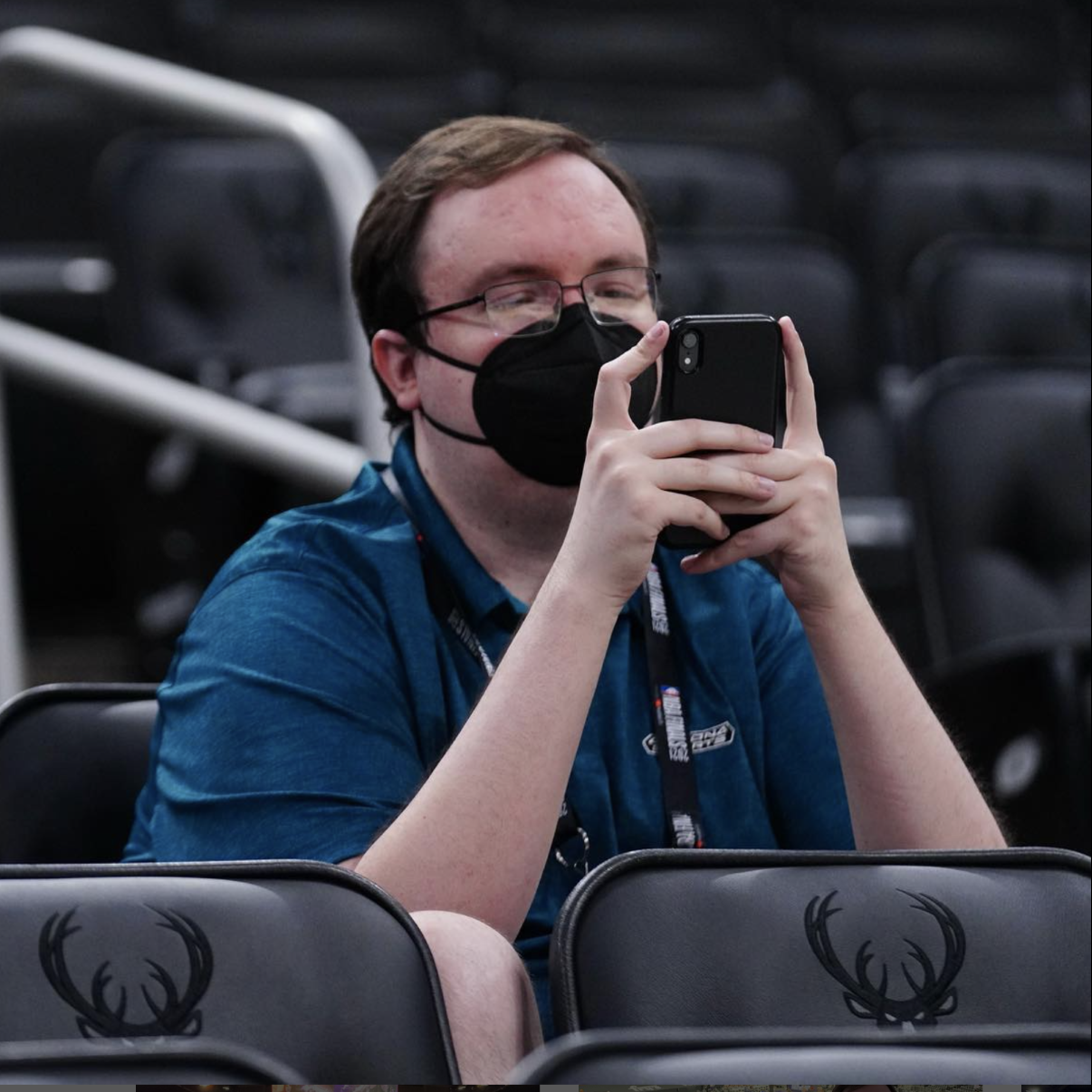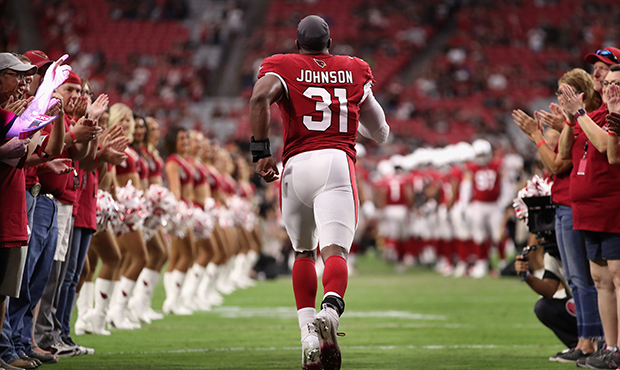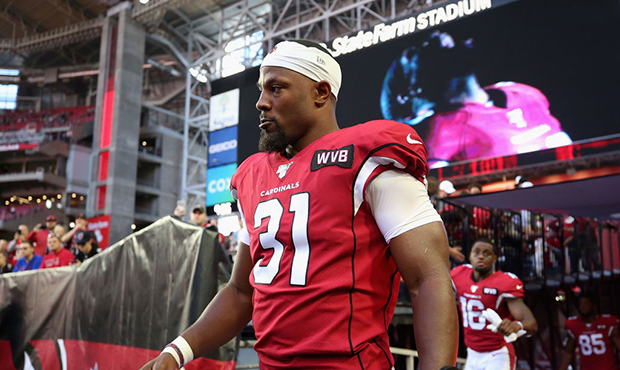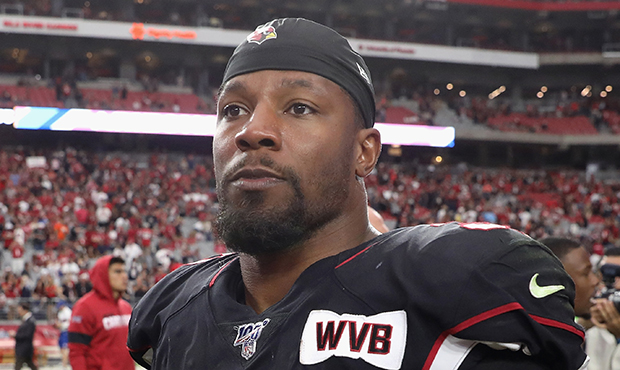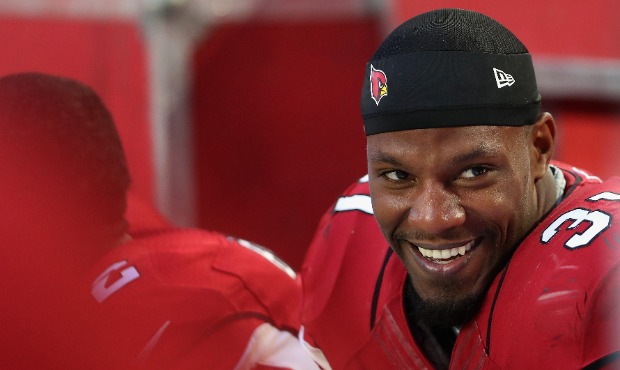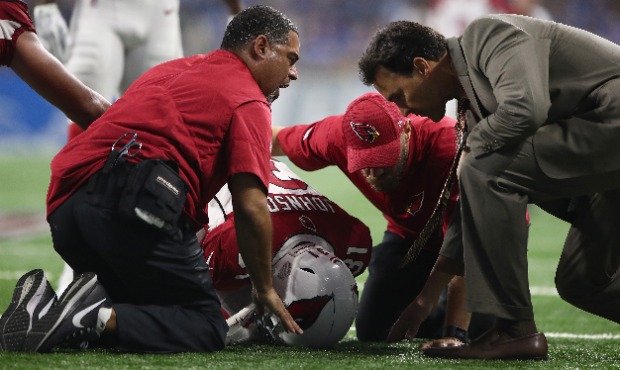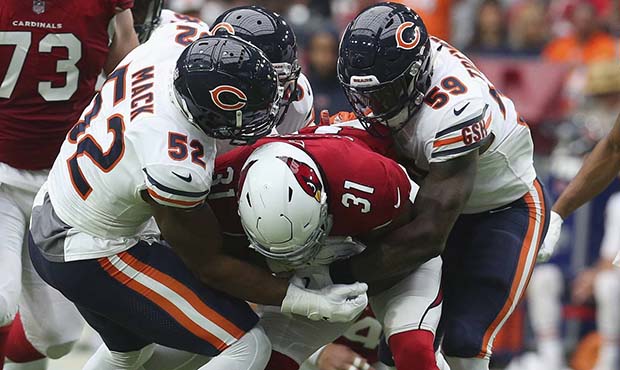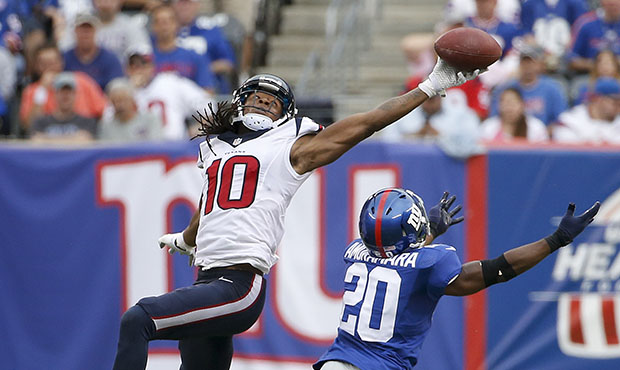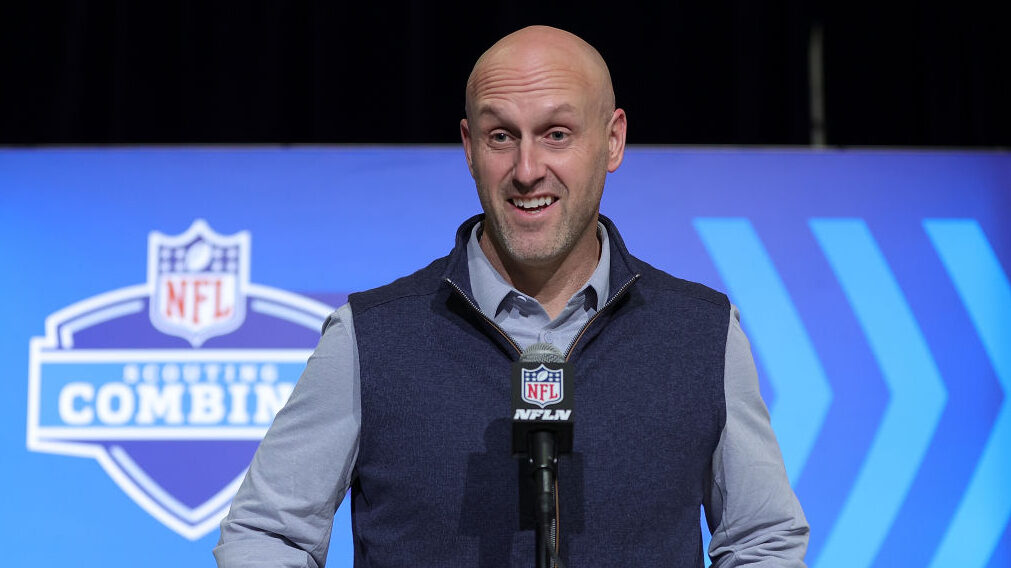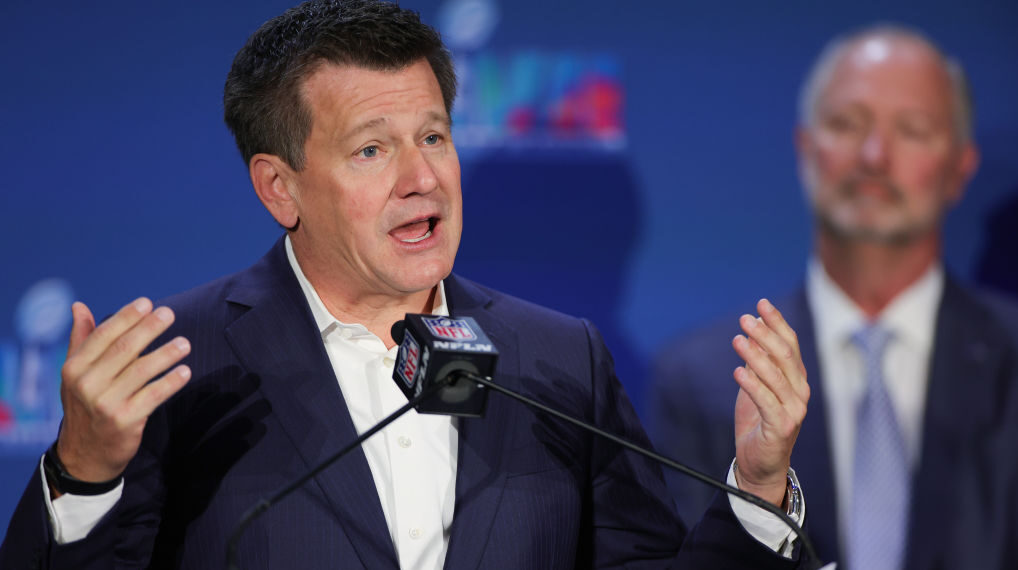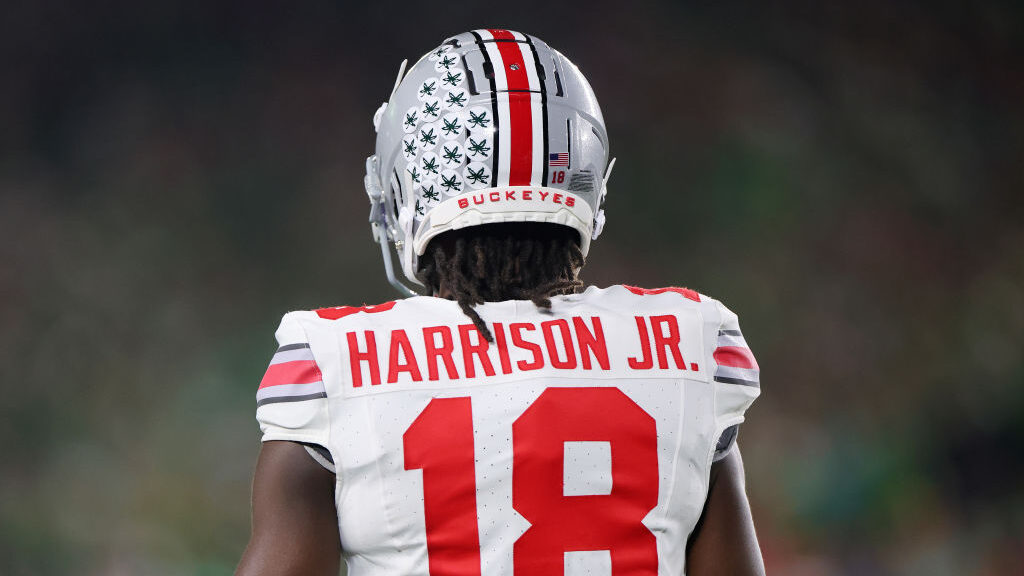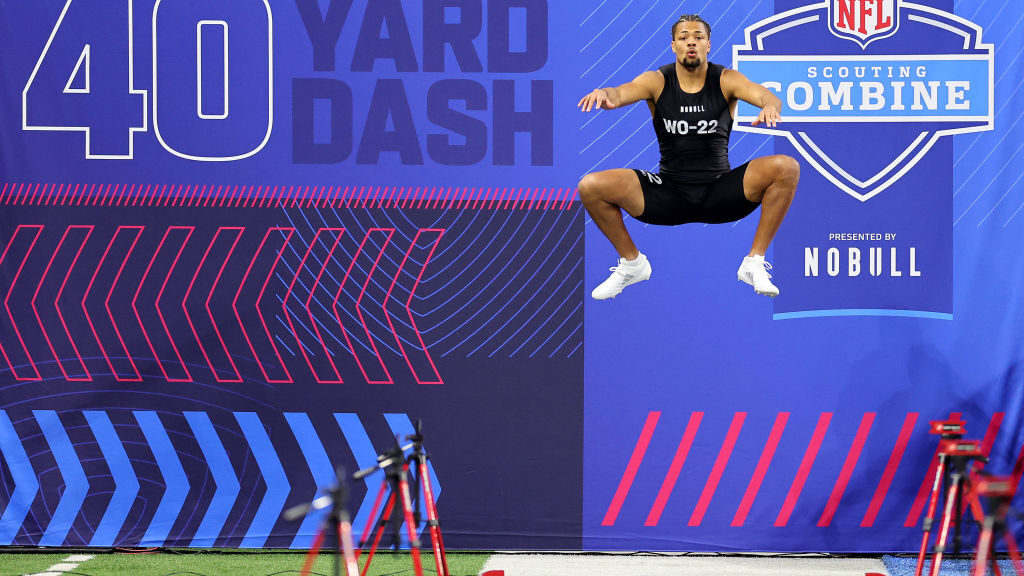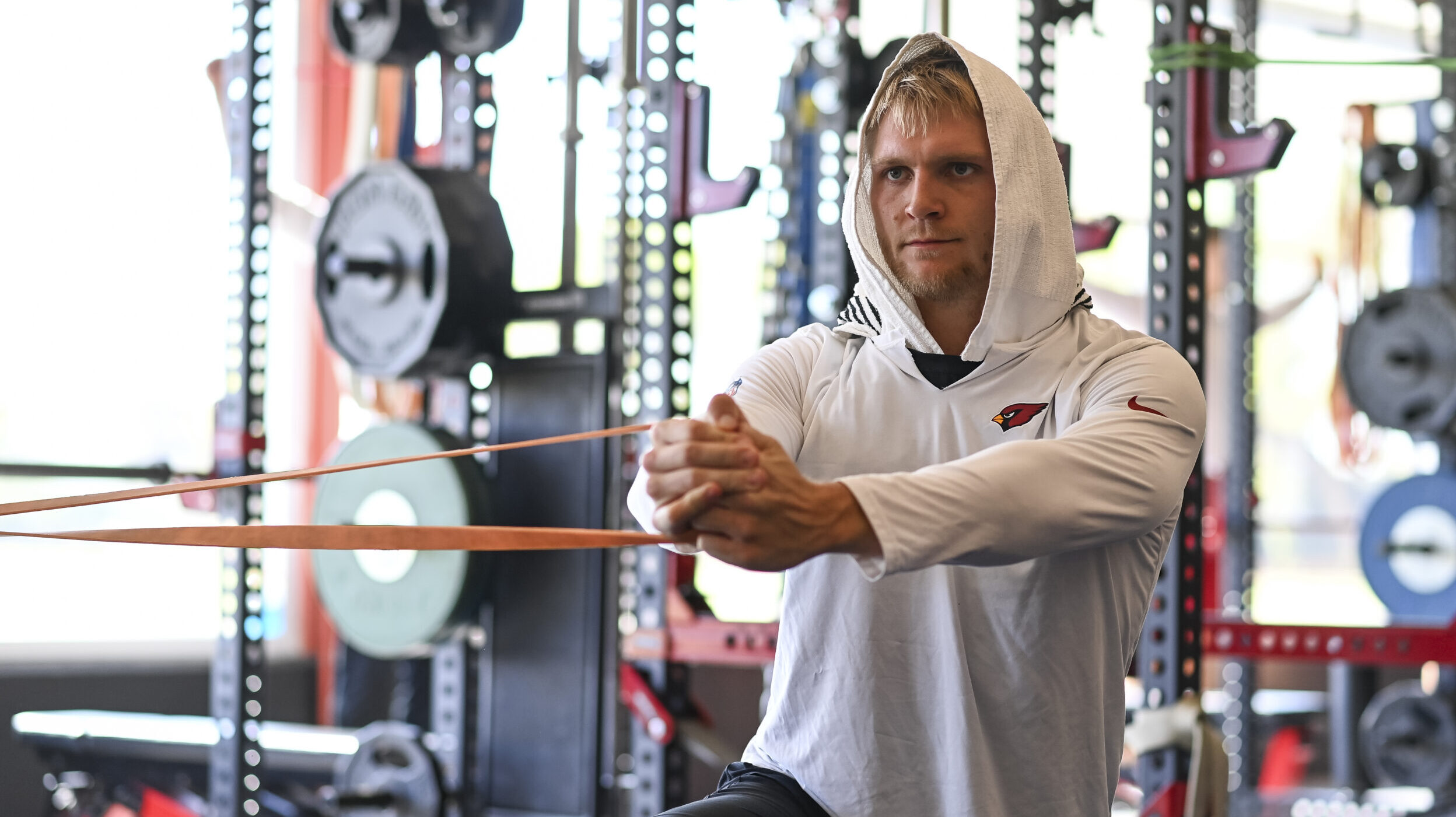All-Pro to salary dump: A timeline of David Johnson’s career with Cardinals
Mar 18, 2020, 5:29 PM
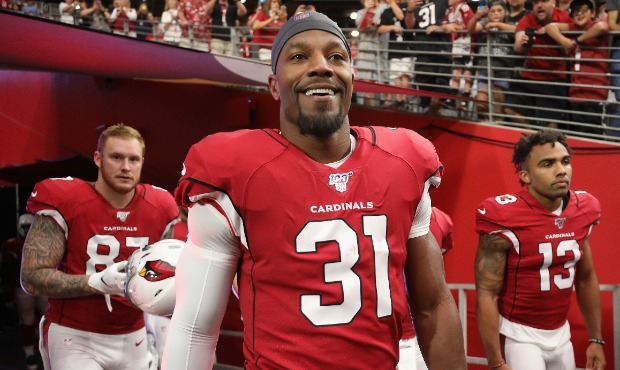
The career arc of an elite NFL running back is oftentimes sharp to ascend and decline. Former Arizona Cardinal David Johnson is an example of that.
After his second season, Johnson was seen as one of the best weapons in football. Only three years later, Johnson was a contract the Cardinals wanted to dump on another team.
How exactly did we get here? Let’s take a look back at Johnson’s time in Arizona.
May 2, 2015: Drafted
The Cardinals drafted Johnson out of Northern Iowa in the third round of the 2015 NFL Draft with the 86th overall selection. Johnson was seen as a talent in the second-to-third round range, with NFL.com’s Mike Mayock commending the Cardinals for the pick with Johnson’s pass-catching ability and size to complement Andre Ellington.
That, of course, does not paint an accurate picture of how Arizona’s run game would unfold that season.
2015: Rookie rise
Free-agent addition Chris Johnson, one of general manager Steve Keim’s most successful one-year veteran trial runs, became the No. 1 running back in a hurry, rushing for over 800 yards.
David Johnson, though, was clearly a player with some explosiveness, and head coach Bruce Arians needed to find more touches for him. Johnson would prove that point nearly every time he got the ball, including on kickoff duty.
In Week 2 against the Chicago Bears, Johnson ran the opening kickoff 108 yards for a touchdown. Including the rushing touchdown he had, he scored three times in his first two NFL games.
Arians, though, was stingy about giving Johnson more opportunities, as he usually is with rookies. Johnson had double-digit touches in only two of his first 11 games.
But when Chris Johnson was injured for the rest of the year in late November, Arians had no choice but to cut David loose, and the results were off the charts.
Dec. 20, 2015: Big-time breakout
Johnson rushed for 99 and 92 yards in his first two games, respectively, before a performance in primetime against the Philadelphia Eagles that put him on the map.
Johnson carried the ball 29 times for 187 yards and three touchdowns, with four catches for 42 yards as well.
He ended the season with 581 yards rushing for eight touchdowns and 457 receiving yards and four touchdowns. A simple glance at those stats points toward an above average rookie season, but those watching closely knew Johnson was due for stardom. He entered the next season viewed as one of the top running backs in the league.
2016: Dominance
Arians shifted Johnson firmly into a bell-cow role, with no other Cardinals running back amounting to at least 40 carries besides Johnson, who reached an absurd 373 total touches.
Johnson responded by setting the league on fire and was the best running back in football. He carried the ball 293 times for 1,239 yards and 16 touchdowns on the ground, as well as 80 catches for 879 receiving yards and four touchdowns.
He was named the NFC Offensive Player of the Week twice.
In Week 5, Johnson had 27 carries for 157 yards and two touchdowns against the 49ers. He went on to have more yards through the air (91 yards receiving on nine catches with one score) than on the ground (18 carries, 84 yards and a touchdown) for his Week 13 nod in a win over the Washington Redskins.
Jan. 1, 2017: A scare chasing history
Johnson had 100 yards from scrimmage in his first 15 games, tying the record set by Barry Sanders for the longest consecutive streak. His 16th and final game, a 44-6 blowout of the Los Angeles Rams, was cut short.
Johnson injured his left knee and did not return. It was only an MCL sprain for Johnson despite how severe the injury looked.
Johnson was named First Team All-Pro and to the Pro Bowl.
Sept. 10, 2017: The lost season
Johnson’s breakout 2016 campaign earned him national attention entering the next season as he was seen as a potential No. 1 pick in fantasy football drafts, a compliment to his production.
But the then-27-year-old didn’t even get to enjoy it through one game of the regular season.
In Detroit for Week 1, Johnson dislocated his left wrist and would not return to the game. The injury was announced the next day, along with Johnson being placed on injured reserve with a timeline that could go as long as three months.
Even after that diagnosis that suggested Johnson could be back at some point in the last half of the season, Arizona ruled out Johnson for the rest of the season in late November.
Uncertainty in many different facets would now be the theme of Johnson’s time off and looking ahead to his next season.
Firstly, Arians was not returning to Arizona, leaving Johnson to wonder if an offensive mind would enter that got the most out of his unique skill set like Arians did. (Spoiler alert: they didn’t!)
Carson Palmer was also retiring and the Cardinals traded up in the 2018 NFL Draft to select quarterback Josh Rosen.
Johnson, obviously, was also coming off an injury, although dislocating his wrist was not the type of comeback where his explosion and burst would be hampered like a severe knee injury.
And in what would be the story of the Cardinals’ offseason once Arians’ successor was named, Johnson was due for a new contract, and those were difficult waters for Keim to trek given the one-year sample size he had on Johnson.
Sept. 8, 2018: A new deal and offensive approach
In an attempt to show how serious he was about wanting a contract extension, Johnson skipped the team’s mini-camp in June and two organized team activities in his holdout.
Ultimately, Johnson returned to the team for training camp in late July. He received a three-year, $39 million contract extension in September, just before the season started.
With Arians retired, Johnson re-joined a team led by head coach Steve Wilks and offensive coordinator Mike McCoy. Free agent quarterback addition Sam Bradford started the first two games, two performances that went down in flames.
The Cardinals quickly pivoted to Rosen, and with that, teams were stacking the box to contain Johnson even more than they were already with Bradford. That was all while Wilks and McCoy preached a power running game built around Johnson, going old school with their approach around a big, strong running back and not utilizing him as much in the passing game out of the slot.
Shockingly, this failed, and Johnson was already showing some signs during the Cardinals’ collapse that he wasn’t the same player.
Sept. 23, 2018: A brief, noticeable benching
The first signs of trouble came in Week 3, after Arizona had suffered two blowouts and scored six combined points in the first two games.
On a key third down with two minutes remaining and the Cardinals trailing 16-14 against the Chicago Bears, Johnson was not on the field. Instead, rookie Chase Edmonds took his place and was dropped for a loss. Johnson said afterword that he missed a blitz pickup on a prior play and was pulled to discuss it with the coaching staff.
By the end of the year, Johnson recorded at least 100 yards from scrimmage in only four of his 16 starts. After catching at least three passes in all 16 games for the 2016 season, including seven games with at least five receptions, he only had eight games with three catches and just three with five-plus.
During a three-game stretch in the middle of the season, though, he looked like he was briefly returning to form. He reached that 100-yard mark in all three of those games, including 183 all-purpose yards and two touchdowns against the Kansas City Chiefs and 137 yards rushing the week after in a loss to the Oakland Raiders.
That, however, was the last blip we would get of the juggernaut offensive force Johnson was in 2016.
At the end of the year, Johnson’s statistics weren’t that bad all things considered. He had 940 yards on the ground for seven scores and another 446 yards receiving with three additional touchdowns.
There were plenty of reasons to be optimistic that a resurgence of Johnson in 2019 was coming.
McCoy didn’t even make it halfway through the season and was replaced by Byron Leftwich, who hadn’t been an offensive coordinator at any level. Wilks was fired at the end of the season and replaced by offensive whiz Kliff Kingsbury, with Leftwich going to Tampa Bay as Kingsbury took over the offense.
If anyone was going to get the most out of Johnson, especially in the passing game, it was Kingsbury and No. 1 overall pick Kyler Murray.
2019: Better system, QB do little for Johnson
It turns out there wasn’t much for Kingsbury and Murray to get out of Johnson.
What became immediately clear last season — and what had been fogged up by an incompetent staff, quarterback play and offensive line injuries — was Johnson lost the explosiveness and elusiveness that made him such a great player.
Even with Murray at the helm, that special sauce of a dynamic quarterback and play-caller didn’t help Johnson look anything but pedestrian. And quite frankly, washed.
Johnson injured his ankle in Week 7, and when backup Chase Edmonds went down too, Arizona was forced to add another running back.
Oct. 28, 2019: Cardinals trade for Drake
The Cardinals acquired Miami’s Kenyan Drake for a fifth-round pick, and Arizona was quickly reminded what it looked like to have a competent playmaker at running back.
When Johnson returned from injury, Drake’s emergence led to his role being severely cut down. Johnson played 77 snaps in Week 1 and would combine for 75 in his last five games.
Johnson finished his final season with the Cardinals rushing for 345 yards and two touchdowns, doing more in the passing game with 370 yards and four scores there.
The attention would then turn to what the Cardinals do with Johnson. Drake appeared to be the future of the backfield, as the team openly hoped he would return.
Johnson’s contract seemingly made it impossible to deal him. He was due to make $10.2 million in base salary for 2020 and $7.95 million in his final season of the deal for 2021. His 2020 salary became fully guaranteed last March and the 2021 mark has $2.1 million guaranteed on March 20 of this year.
The Cardinals seemed stuck with him.
March 16, 2020: That’s all folks
That is until Bill O’Brien reminded the football world how much he sucks at his job again.
In what is being called one of the worst trades in the past few years, the Houston Texans acquired Johnson, a 2020 second-round pick and a 2021 fourth-round pick, sending the Cardinals back a 2020-fourth round pick. Oh, and Arizona also got All-Pro wide receiver DeAndre Hopkins.
And somehow, the Texans would take on all of Johnson’s remaining salary as well. Talk about a cherry on top!
Johnson goes to Houston, where at the time of writing the Texans have leading rusher Carlos Hyde as a free agent and are bringing back Duke Johnson.

